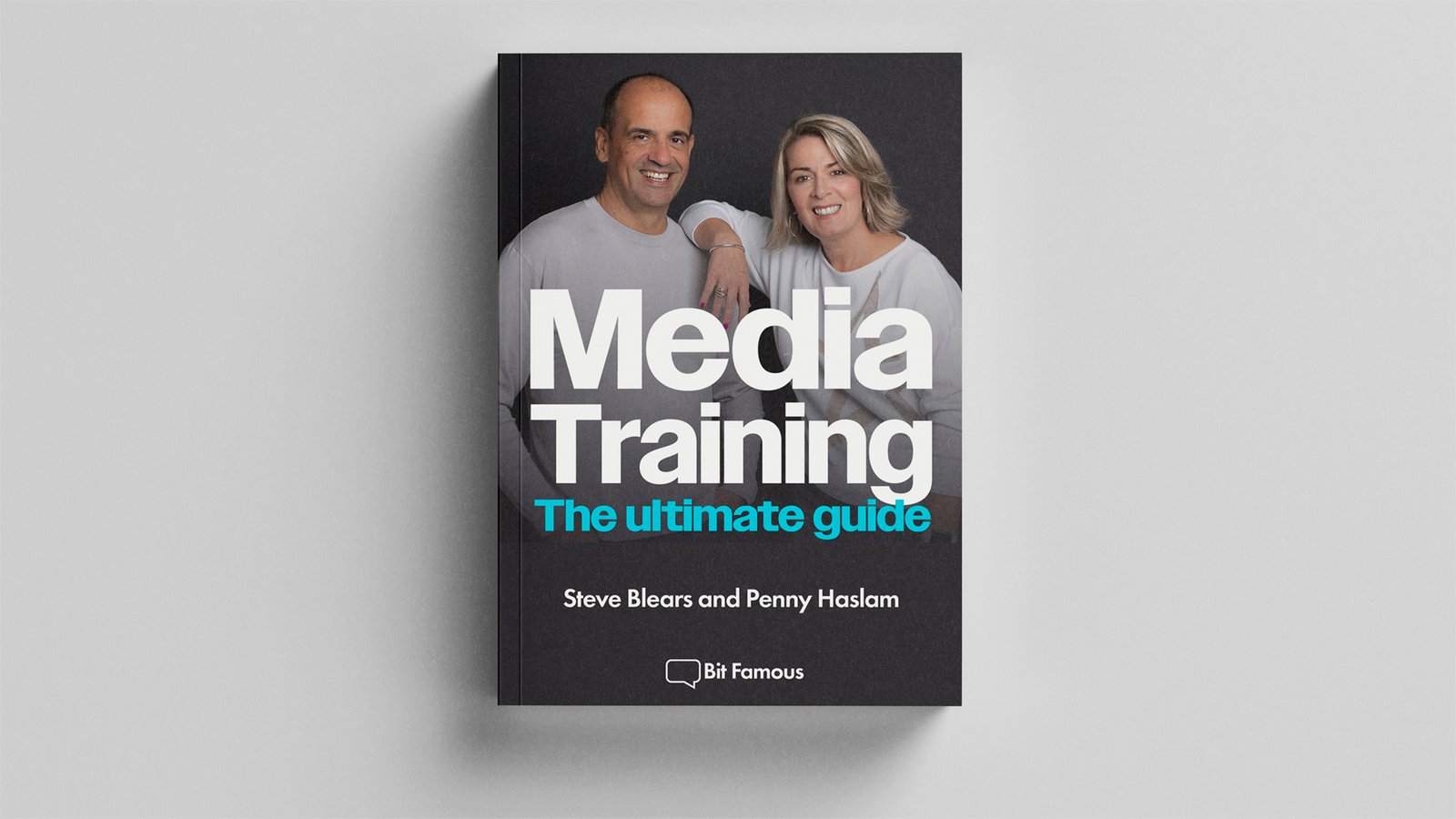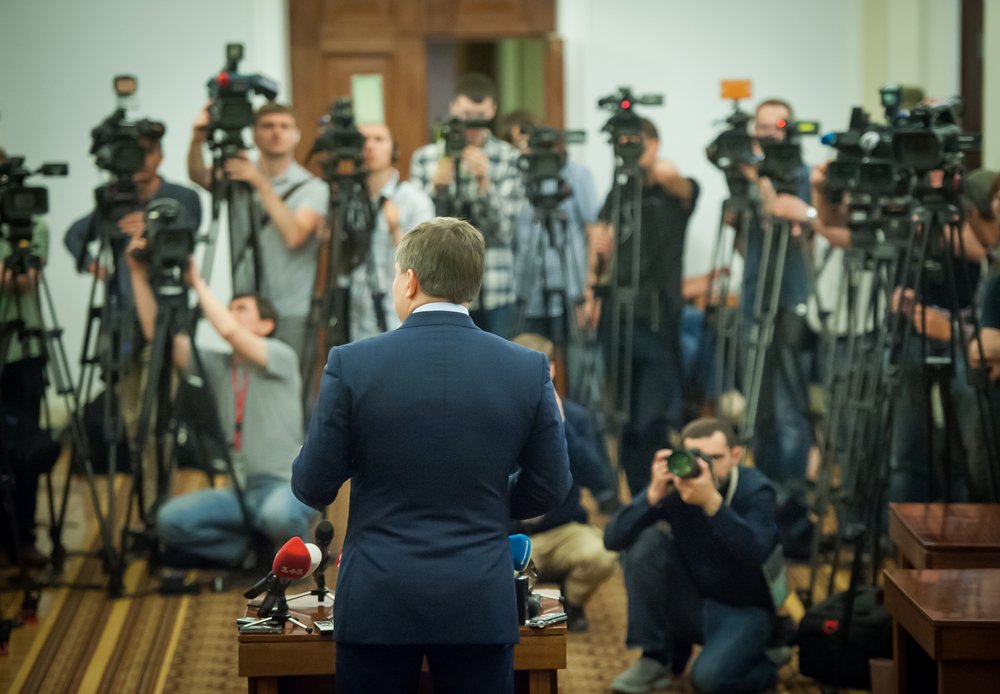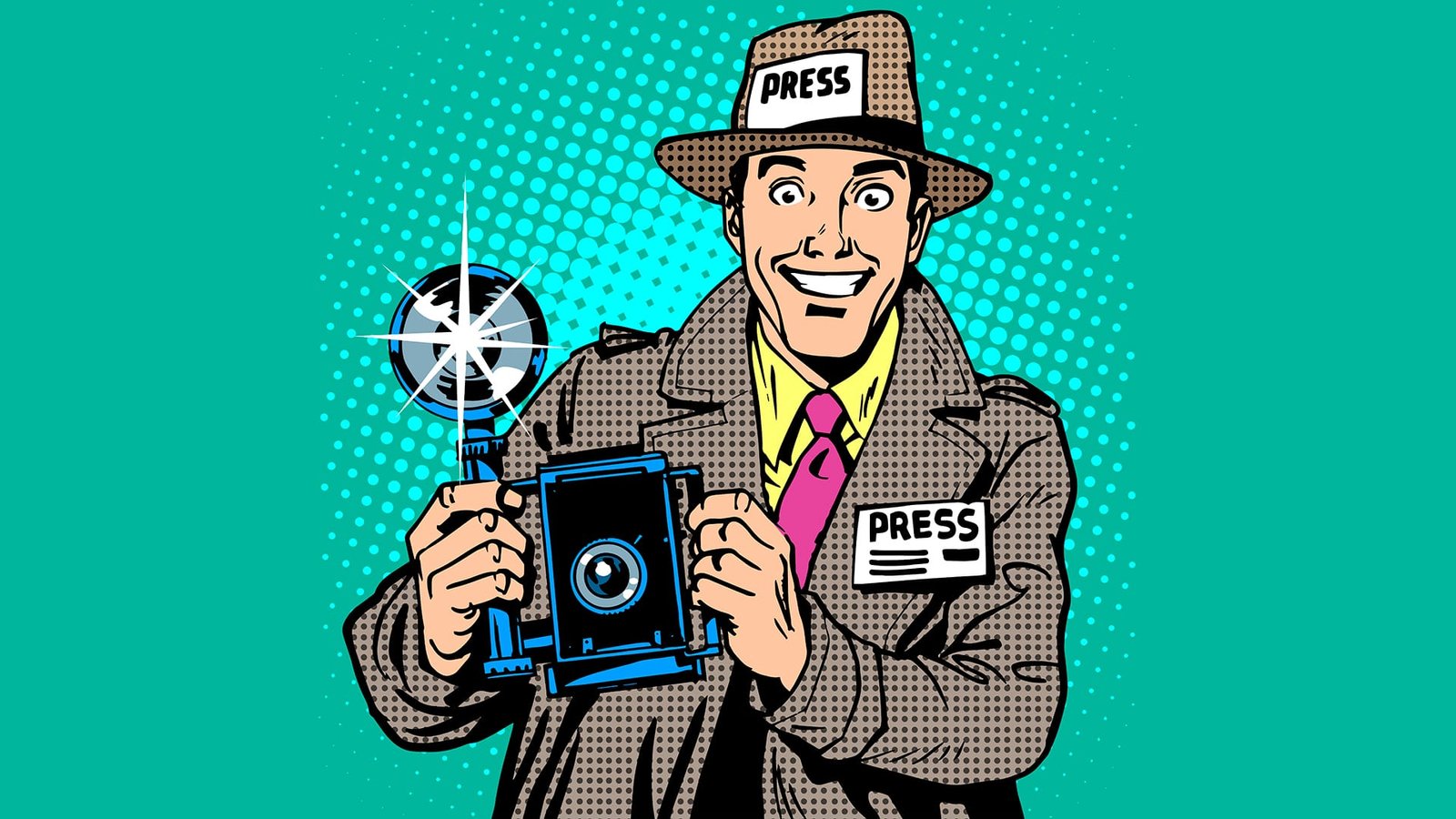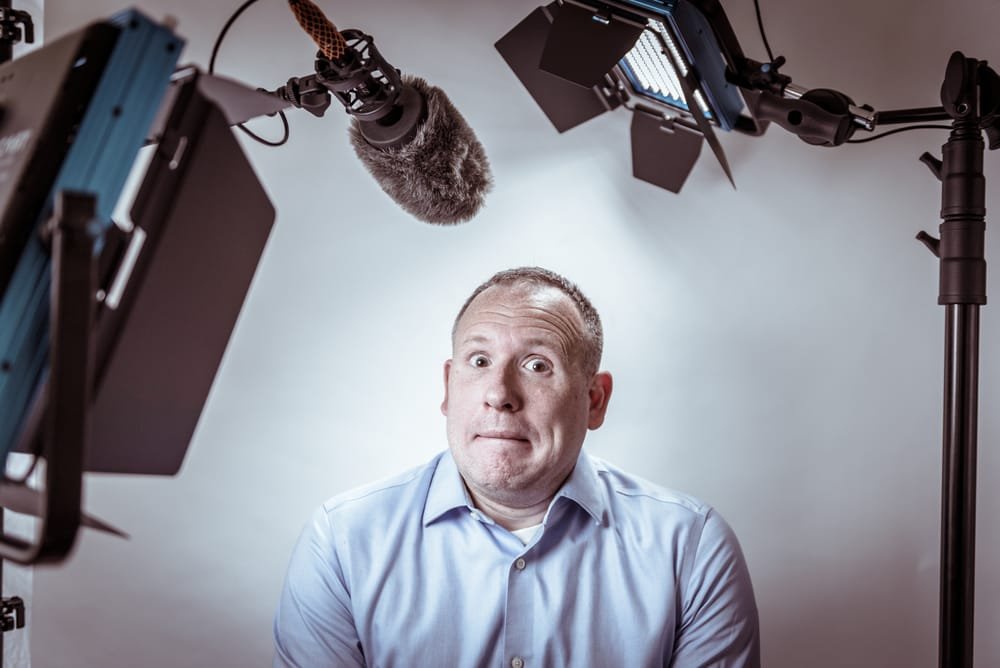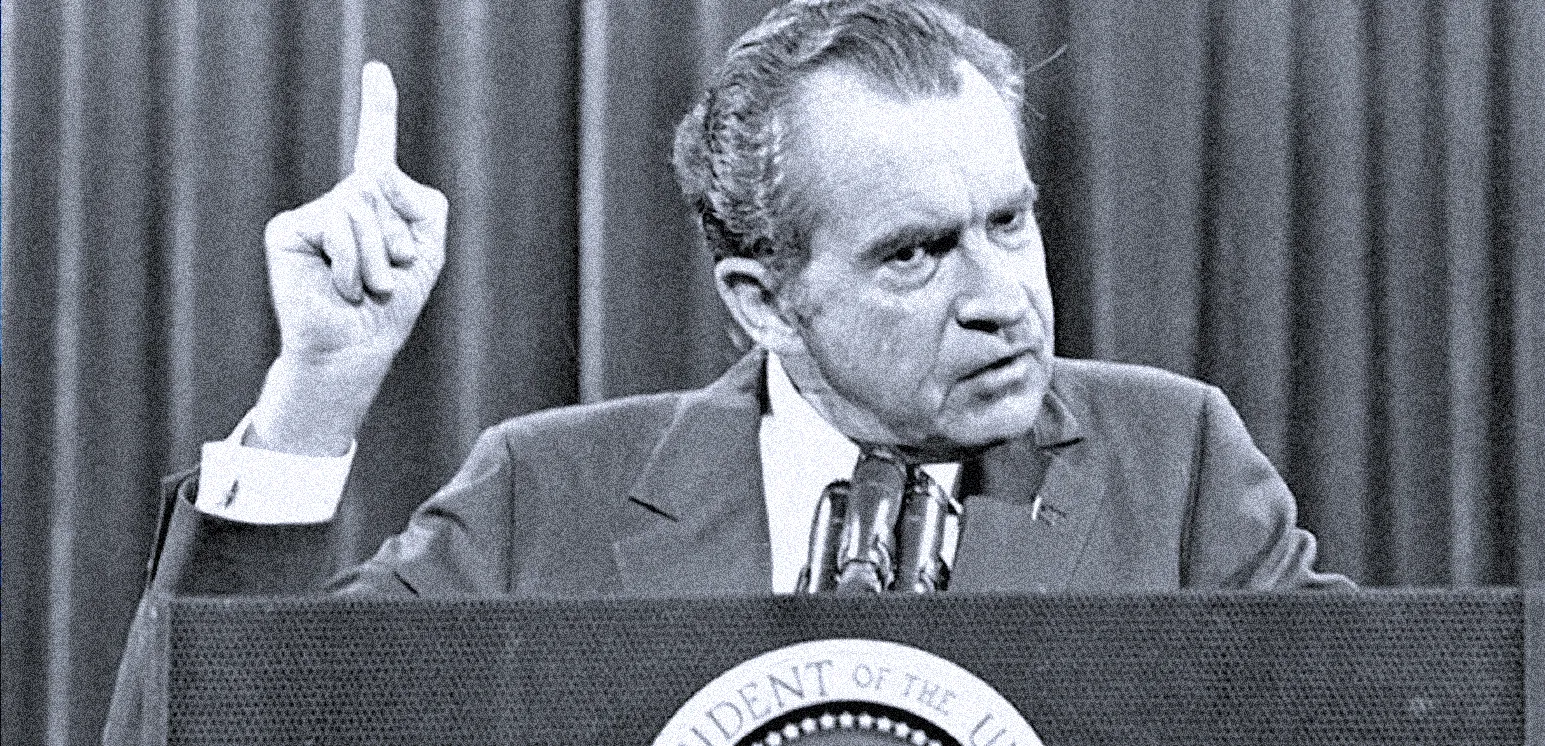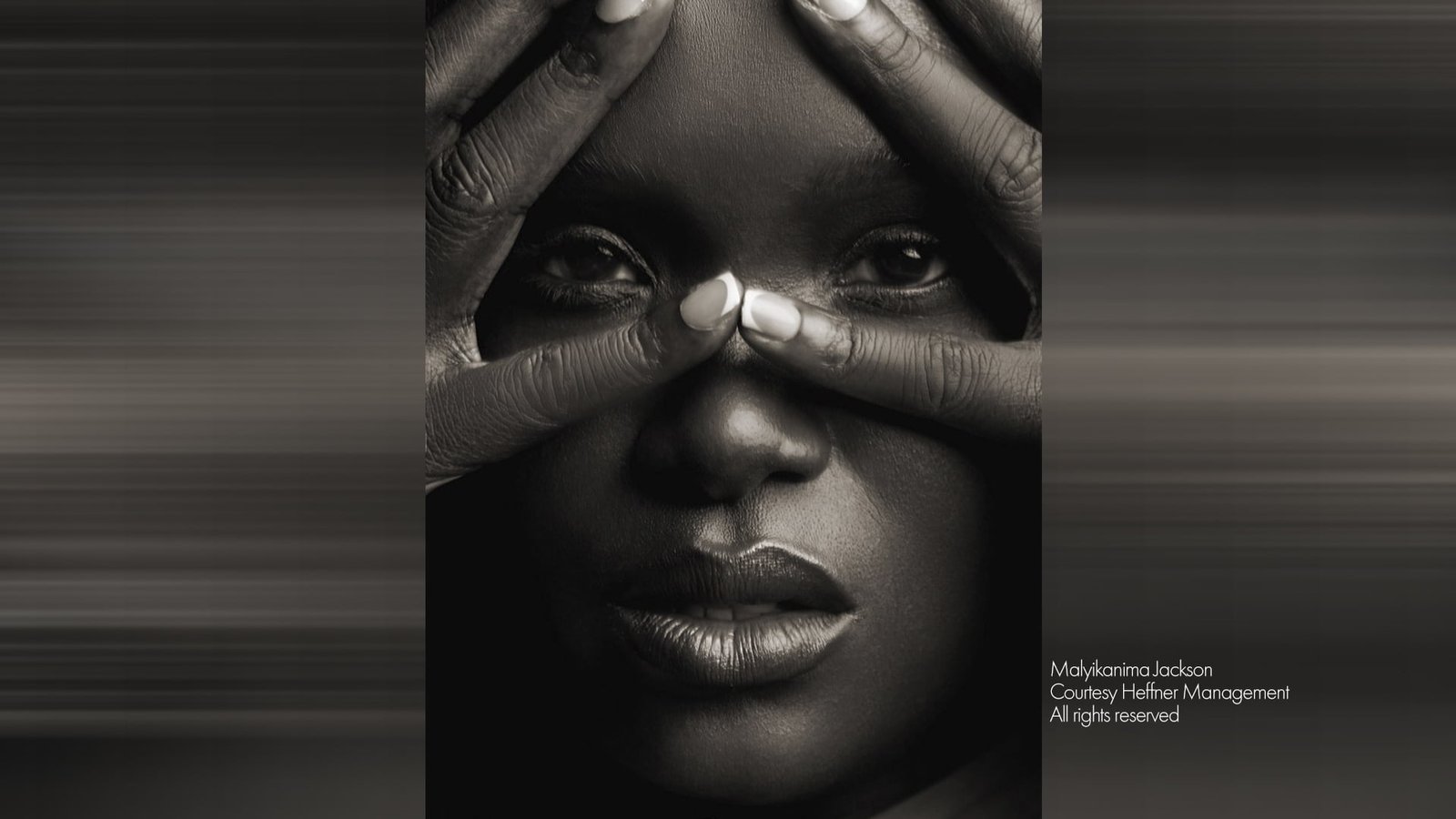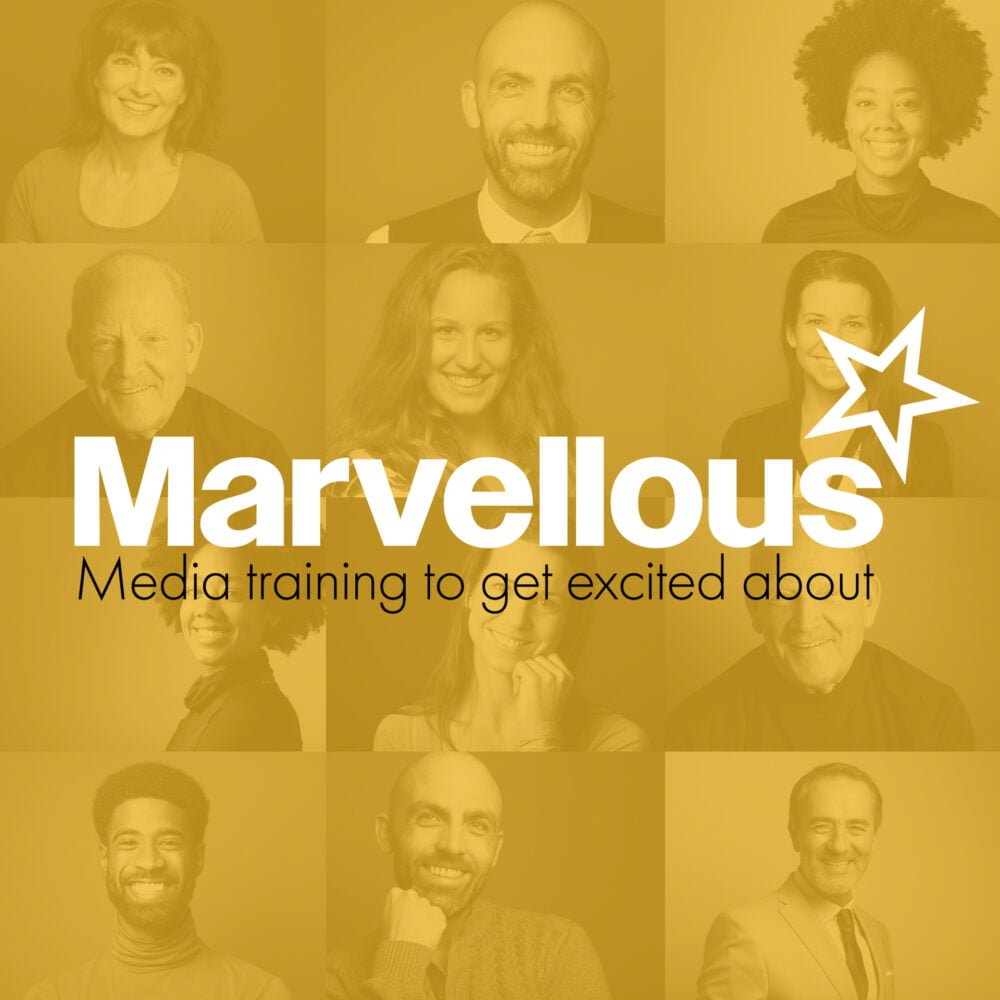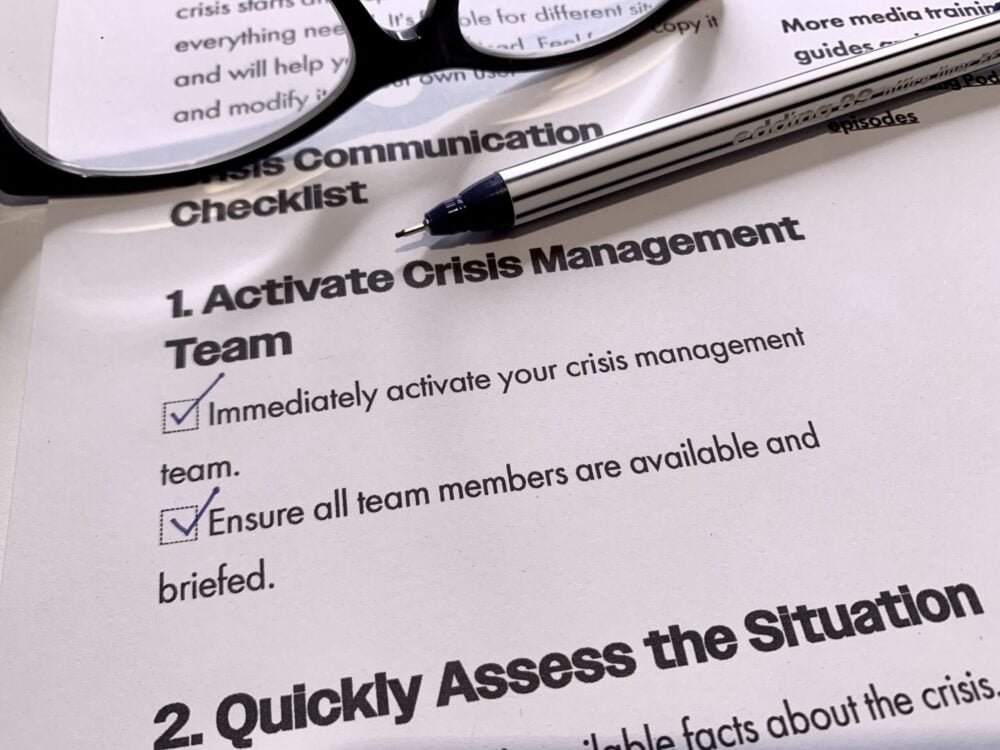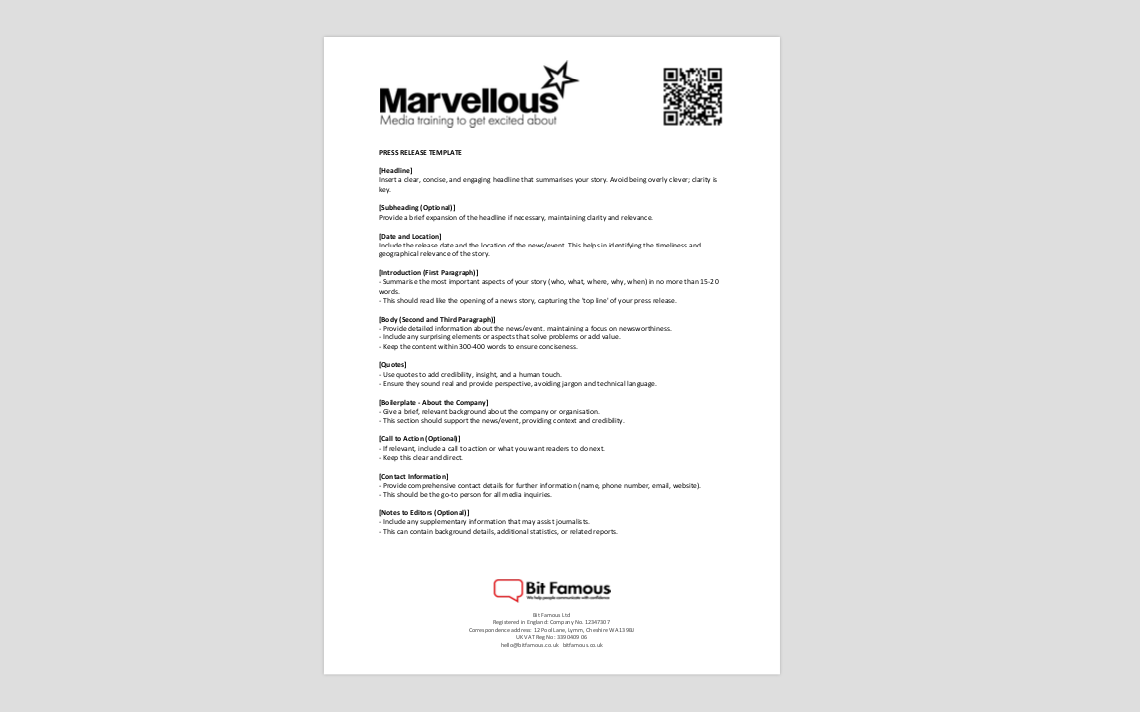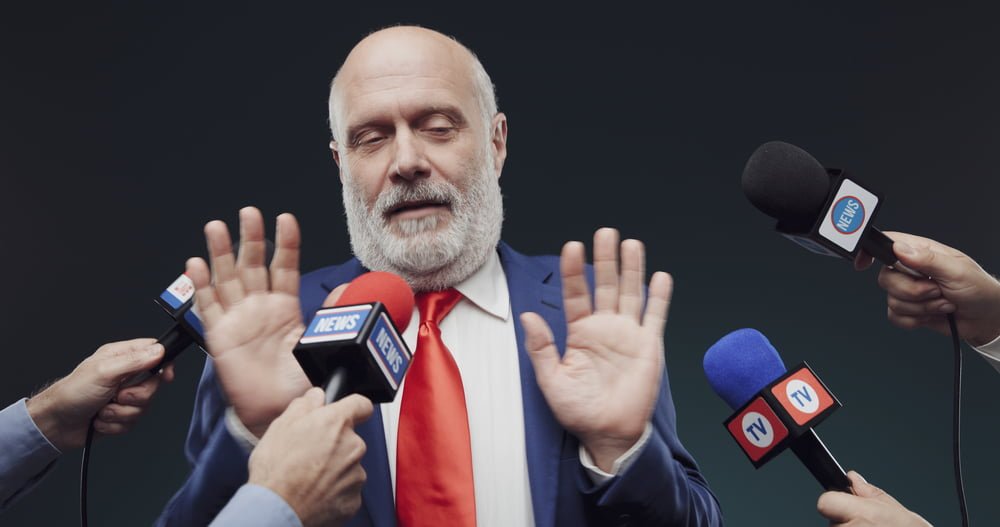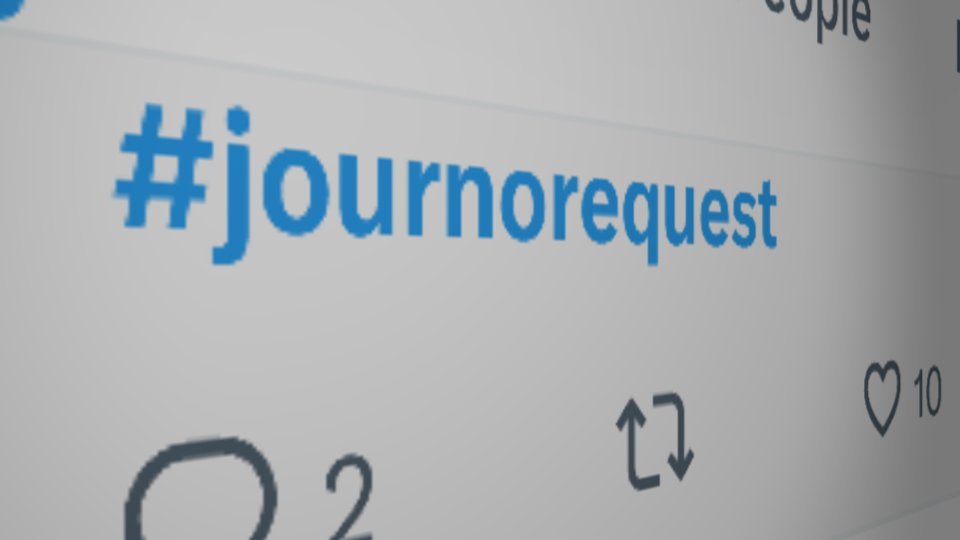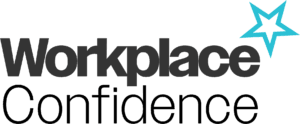2. The lack of diversity in media guests and the opportunity for new faces to stand out
Turn on almost any news programme and you’ll notice a familiar pattern: the same faces, often the same voices, saying the same things. As Stever points out in the episode, “There are far too many white men in the media being interviewed.”
It’s not about tokenism; it’s about representation and freshness. Newsrooms know they sound narrow if the only commentators they can find look and think alike. The problem is, when time is tight and the pressure’s on, producers often default to the people already in their contacts book — the ‘safe bets’.
Penny explains why this happens: “When I started as a junior researcher, I was keen to book guests who were a safe pair of hands. And guess what? I just listened to what had been going on and booked the same guests.” It wasn’t deliberate exclusion, just the path of least resistance.
That’s where new voices have an opening. Thanks to how easily journalists can now find people online, the door’s wide open for experts from every background to be discovered. If you’re knowledgeable, reliable and visible, you can cut through the noise.
3. How to make yourself easy to find and appealing as a potential media contributor
If a journalist can’t find you, they can’t book you. It’s as simple as that. Producers aren’t detectives with endless hours to track down the perfect spokesperson — they’ll search online, skim a few profiles and make a quick judgement about who looks like they know their stuff.
As Steve says in the podcast, “You need to Google yourself and take a long, hard look at what shows up.” What appears on that first page is often the only impression a journalist will get of you. If they see a clear, up-to-date photo, a relevant headline, and a handful of posts that show you’ve got something interesting to say, you’ve already done half the work.
Being findable isn’t about shouting the loudest. It’s about creating a consistent picture of who you are and what you know. Use the same job title, keywords and language across your LinkedIn, website and other professional platforms. If you write articles or comment on industry news, make sure your name and organisation are front and centre.
Journalists value speed and reliability. When you present yourself clearly — with a visible online presence, an obvious area of expertise and easy contact details — you remove the risk for them. You become the person they can trust to turn up, speak well and make their story stronger.
It’s not self-promotion for the sake of it; it’s about being discoverable when it matters.
4. Common online profile fails
If you want to be taken seriously by the media, your online presence needs to look the part. Penny and Steve have seen it all — and as they point out in the episode, some mistakes are surprisingly common.
Steve laughs as he recalls, “If you’re a business leader who wants to talk on a specific topic, showing up in sunglasses with your shirt off on a surfboard somewhere in your profile photo is probably not what you need on LinkedIn.” It might be a great holiday snap, but it won’t say “trusted commentator.”
Poor profile photos are just one of the traps people fall into. Others include half-written bios, outdated job titles, or having no visible description of what you actually do. Journalists don’t have time to dig — if your role or expertise isn’t obvious within a few seconds, they’ll move on to the next person.
Then there’s the issue of tone. If your posts swing from overly corporate one day to casual slang the next, it sends mixed signals. As Penny puts it, “Everything needs to be congruent.” Your language, imagery and attitude should match across every platform — LinkedIn, your company site, even your Zoom background.
These details might sound small, but they shape how credible you appear to someone who doesn’t know you yet. A coherent, professional profile tells journalists you’re serious, informed and ready to step in front of a microphone without giving them a headache.
5. Using hashtags strategically so journalists can discover you
One of the simplest ways to become more discoverable is by using hashtags with intent. Journalists monitor them all the time to find voices commenting on their patch — whether that’s housing, health, finance, education, or something niche like climate tech or retail trends.
Penny explains it well in the podcast: “How do you get around that aspect? That would be by using hashtags on your socials that journalists may also be using.” It’s not about stuffing every post with random tags, but choosing the ones that position you exactly where the right people are looking.
Think about what a journalist might type when searching for experts. If you’re a housing CEO, use tags like #housingcrisis, #socialhousing, #affordablehomes. If you’re in business or leadership, try #womeninbusiness, #leadership, #futureofwork. Two or three well-chosen hashtags are enough to connect your content to the right conversations.
Relevance is key. A post with thoughtful commentary, tagged correctly, is far more likely to appear in a producer’s search feed than something generic. Hashtags aren’t vanity labels — they’re signals that say “I’m part of this conversation.”
And when your posts consistently show up alongside current stories or sector debates, you start to build digital visibility in the spaces journalists already trust. It’s quiet, steady brand-building — and it works.
6. The power of newsjacking – commenting on trending stories in real time
If you want to get on a journalist’s radar, timing matters just as much as expertise. That’s where newsjacking comes in — the art of adding your take to a story that’s breaking right now. Penny describes it as “jumping on the news that day and using a hashtag that’s relevant, that a journalist might look for.”
This doesn’t mean forcing yourself into every headline. It’s about spotting the moments that connect naturally to what you do. For example, if you work in retail, you might post a short comment on seasonal spending or inflation trends. If you’re in housing, respond to a government policy announcement or a new report.
The key is speed and relevance. “Don’t wait to do a massive blog or a video with your videographer in three or four weeks’ time,” says Penny. “Just jump on it.” A quick post or short video that shows you understand the story — and can talk about it clearly — can make a huge difference.
It’s also a brilliant way to demonstrate your credibility. When journalists are scanning their feeds for someone who can explain what’s happening, your comment might be the one that catches their eye. And once you’ve been featured, you’re on their list for next time.
Newsjacking takes confidence, but it’s a skill worth practising. Show up, share your view, and do it while the topic’s hot.
7. Why having a clear opinion helps you get noticed (without being opinionated)
Journalists aren’t looking for fence-sitters. They want guests who have something to say — people with a clear perspective that adds value to the story. As Steve puts it, “If you want to get the attention of journalists, you have to have a viewpoint. You can’t just kind of go, ‘Oh, I don’t know what I think about that story.’”
Having an opinion doesn’t mean being loud, controversial or combative. Penny makes the distinction perfectly: “You don’t have to be a gobshite, bringing back hanging or anything dreadful like that.” It’s about having an angle that comes from experience — something grounded in your day-to-day world that helps audiences understand the issue.
The best media guests frame their opinions with context: “From what I’ve seen…”, “In my experience…”, or “Our customers have been telling us…”. That kind of phrasing signals authority without arrogance. It tells the listener that you’re sharing insight, not preaching a personal crusade.
When you’ve built your off-camera brand around clear, thoughtful commentary, journalists see you as useful — someone who can make a complex issue relatable in a two-minute soundbite.
It’s worth remembering: in media terms, neutrality is invisible. Taking a clear, measured stance makes you memorable, quotable and far more likely to be invited back.
8. Supporting your opinions with short stories and real examples
Strong opinions are good. Strong opinions backed by real stories are even better. Penny and Steve both stress that journalists love guests who can bring their ideas to life through simple, authentic examples.
As Penny says, “The best interviewees will always say, ‘From what I’ve seen, this is how it is,’ or, ‘In my experience, our customers have been telling us…’.” Those short anecdotes don’t just make you sound credible — they help the audience understand your point. People remember stories, not statements.
You don’t need a full case study or polished presentation. A quick “this actually happened” example does the job. It shows that your opinion is rooted in experience, not theory and it makes you sound natural and human on air.
And if you can weave in a touch of humour or humility — something that shows you’ve learned from a mistake or seen both sides — even better. Journalists want guests who feel real, not rehearsed.
The next time you share a post, speak on a panel, or comment for the media, think in stories. Use examples that reveal something about your perspective and make the listener nod in recognition. It’s that mix of authority and relatability that turns an expert into a memorable voice.
9. Creating your own media: videos, podcasts, blogs, and posts to showcase your credibility
Why wait for journalists to come knocking when you can show them what you’re capable of right now? As Steve says in the podcast, “Why wait for the media to get in touch with you when you could be creating your own media?”
That means using the tools you already have — your phone, your voice, your perspective — to share ideas publicly. Record a short video on your smartphone about a topic you know well. Write a LinkedIn post offering insight on a current issue.
Think of every short video you post as an audition. It’s a glimpse of how you look, sound and think under gentle pressure — exactly what a journalist wants to see before trusting you on air. Penny and Steve describe it as “a little mini rehearsal, a little audition,” a simple way to show that you’re coherent, credible and camera-ready.
You don’t need a film crew or fancy equipment. In fact, Penny laughs about how they started out trying to recreate BBC-level production at home: “We had a tripod, lights, full makeup, massive hair... and people aren’t interested in that. They just want to see how you come across, what you care about.”
Authenticity wins over polish every time. A one-minute clip shot on your phone can work as a mini audition — proof that you can speak clearly, look natural, and hold your own on camera.
And every piece of content you publish builds a track record. When a journalist searches your name, they’ll see someone confident, articulate, and already engaged in the conversation. It’s not about performing — it’s about practising in public, so you’re ready when opportunity calls.
10. Being available and contactable when journalists reach out
You can have the best profile, the sharpest opinions and the most engaging videos — but if no one can reach you, it all falls flat. Availability is everything. As Penny says, “I don’t want to frighten anyone, but the turnaround time for media interviews can be really short.”
Producers often work to brutal deadlines. They might need a guest within an hour, sometimes less. If you’re not quick to respond, they’ll move on to someone who is. That’s why being easy to contact is part of being media-ready.
Penny recalls how valuable it was to have direct numbers for senior people: “I loved it when I had the mobile phone number of the chief executive of an organisation who didn’t mind me ringing him up to say, can you come on this afternoon?” That kind of responsiveness builds lasting relationships with journalists.
If you work in an organisation with a press team, make sure they know you’re willing to speak and can reach you directly when a request comes in.
Even something simple like having a clear Media Enquiries page on your website can make all the difference. Don’t hide behind layers of process — if you want to be seen and heard, make it effortless for journalists to find you and say yes.
11. Building an ecosystem of visibility – staying consistently on the radar
All the individual actions — updating your profile, posting opinions, shooting quick videos, being contactable — add up to something bigger: your ecosystem of visibility. Penny calls it “filling the ecosystem of your topic,” and it’s exactly what helps experts stay top of mind when journalists are searching for credible voices.
Think of it as creating a steady presence across all the places your audience — and the media — might look. That could be your LinkedIn posts, a podcast appearance, a short quote in a trade magazine, or a video that captures your insight in the moment. Each piece doesn’t need to go viral; it just needs to build a consistent picture of who you are and what you stand for.
This kind of visibility isn’t luck or “kismet,” as Penny jokes in the episode — it’s the result of regular, deliberate effort. “Maybe you’ve got two or three topics you know and love and are really passionate about,” she says. “How are you getting those out there in a myriad of ways that will ultimately help you arrive on the big TV and radio stations?”
It’s about rhythm, not volume. Show up often enough that your name feels familiar, your voice trusted, and your expertise clear. Over time, that ecosystem becomes your calling card — proof that you’re not just prepared for media opportunities, you’re already part of the conversation.
Ready to get started?
If you or your organisation want to show up with more confidence, clarity and credibility in the media, we can help.
At Bit Famous, we specialise in practical, friendly media training that helps leaders and teams become trusted voices journalists want to call.
Book a no-obligation discovery call.



